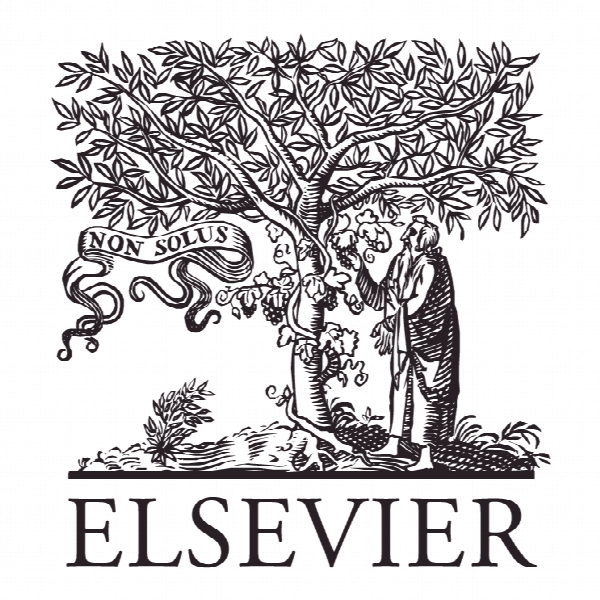استفاده از یادگیری ماشین و تخمین مناطق کوچک برای پیش بینی سطح تولید ضایعات جامد شهرداری در شهر ها Using machine learning and small area estimation to predict building-level municipal solid waste generation in cities
- نوع فایل : کتاب
- زبان : انگلیسی
- ناشر : Elsevier
- چاپ و سال / کشور: 2018
توضیحات
رشته های مرتبط مهندسی کامپیوتر، مهندسی عمران، محیط زیست
گرایش های مرتبط هوش مصنوعی، سیستم های اطلاعات جغرافیایی
مجله کامپیوترها، محیط زیست و سیستم های شهری – Computers Environment and Urban Systems
دانشگاه Department of Civil and Urban Engineering – New York University – United States
منتشر شده در نشریه الزویر
کلمات کلیدی انگلیسی Urban waste management, Municipal waste, Machine learning, Data analytics, GIS
گرایش های مرتبط هوش مصنوعی، سیستم های اطلاعات جغرافیایی
مجله کامپیوترها، محیط زیست و سیستم های شهری – Computers Environment and Urban Systems
دانشگاه Department of Civil and Urban Engineering – New York University – United States
منتشر شده در نشریه الزویر
کلمات کلیدی انگلیسی Urban waste management, Municipal waste, Machine learning, Data analytics, GIS
Description
1. Introduction Waste management is an increasingly complex quality-of-life issue for cities around the world, especially given the rapid growth of urban populations over the past two decades (World Health Organization Centre for Heath Development, 2010; Leao, Bishop, & Evans, 2004). Proper waste management is essential in order to provide sustainable, livable cities, as the collection and removal of waste impacts carbon emissions, traffic congestion, and air quality, as well as requiring significant operating expenditures (Adeyemi, Olorunfemi, & Adewoye, 2001; Esin & Cosgun, 2007). To improve waste management services and reduce the amount of waste sent to landfills, local governments are developing new methods to create efficient waste management systems and increase diversion rates through recycling and composting programs (MacDonald, 1996; Wang, Richardson, & Roddick, 1996; Bhargava & Tettelbach, 1997; Guerrero, Maas, & Hogland, 2013; Pappu, Saxena & Asolekar, 2007; Tam & Tam, 2006). New data streams, and the application of machine learning statistical methods, enable data-driven approaches to persistent problems in urban environmental management. Such data have proven to be a great resource for waste management planning, but they are typically collected at too coarse of an aggregation to fully optimize collection routing, and provide the empirical basis for policies that can shift, or “nudge”, behavior through incentives or regulations based on performance metrics. The need for high resolution and targeted municipal solid waste management policy is crucial to minimize the future negative environmental impacts of urban waste. Previous work has aimed to improve municipal waste management by using systems dynamics or data-driven modeling techniques to predict waste generation and identify factors that explain waste and recycling behavior. In particular, studies using temporal models with lagged waste generation data have performed well for prediction and forecasting, in large part due to the time series auto-correlation observable in waste generation rates at the regional or local level. Missing from the literature, however, are attempts to predict waste generation for individual buildings in a large-scale municipality. Part of the challenge emerges from data constraints, as few sanitation agencies collect and make available granular waste collection data. Furthermore, smallarea estimation problems can confound attempts to accurately downscale predictions from the city or district to individual buildings.


